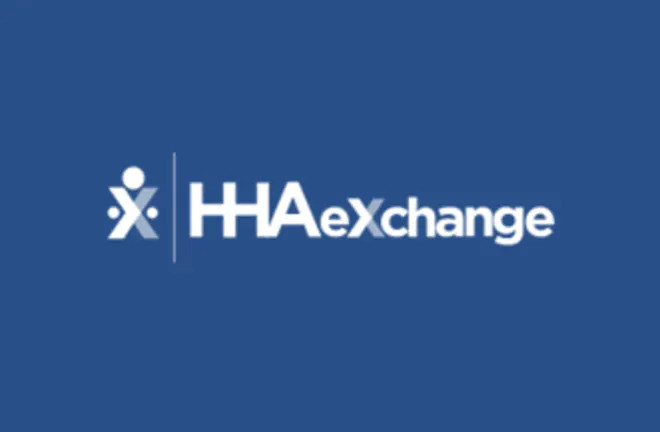According to a 2023 survey by US News and World Reports, 93% of adults agree that aging in place – the ability to live in one’s own home and community safely, independently, and comfortably, is an important goal for them. Yet, when it comes to funding long-term services and supports (LTSS), many Medicaid programs have historically been biased towards funding institutional care. Here we explore a recent study on the true cost of institutional care versus home and community-based services (HCBS) to determine the potential benefits to investing Medicaid funding in HCBS.
The Woodwork Effect
Before we dive into the results of the recent study, we first need to understand why states historically chose to fund institutions, like nursing homes, over HCBS. The simple answer is that it often comes down to money. Medicaid programs have budgetary restrictions and will therefore often choose to allocate funding towards the care option that costs the least amount of money.
One of the reasons that many believe HCBS costs the state more is because of the so-called “woodwork” effect. This health policy term describes a phenomenon where the expansion of publicly funded programs like HCBS result in people who were previously eligible for Medicaid, but not enrolled, to “come out of the woodwork” to take advantage of this more desirable offering. Some policymakers believe the increased costs associated with this phenomenon are unacceptable, while others believe they are morally justified because more people are accessing care. But, what if the expansion of HCBS doesn’t create the woodwork effect after all?
HCBS vs. Institutions: Following the Money
A study done by the Journal of the American Geriatrics Society (JAGS) examined the implications associated with state Medicaid HCBS expansion. They compared states who aggressively expanded Medicaid HCBS to those that expanded less aggressively and looked at multiple outcomes, including Medicaid enrollment, nursing home census, Medicaid institutional LTSS spending, total Medicaid LTSS spending, and Medicaid HCBS waiver enrollment.
They found that HCBS expansion was not linked to increased Medicaid enrollment among people 65 and older. In fact, a 1% increase in HCBS spending resulted in the state nursing home population decreasing by an average of 47.1 residents and institutional Medicaid LTSS spending decreasing by $7.3 million. This suggests that a $1 increase in HCBS spending was associated with $0.74 increase in total LTSS spending, suggesting each dollar directed to HCBS was offset by $0.26 savings from decreased nursing home use. Their conclusion was that increased HCBS waiver spending was associated with more older adults receiving LTSS at a lower cost per beneficiary served compared to the nursing home setting.
The Debate: Improved Health Outcomes
The JAGS study found that there was no woodwork effect and investment in HCBS over nursing homes ultimately saved the states money. However, there is another crucial factor when discussing whether states should expand HBCS funding: its impact on patient health outcomes. The answer here is complex, and often up for debate. So much so that two recent studies reached different conclusions.
Considering people’s preference for HCBS over institutional care, significant efforts are being undertaken to improve HCBS quality and, ultimately, health outcomes. Last year, for example, CMS released the HCBS Quality Measure Set. According to Medicaid.gov, this Quality Measure Set is used to “promote more common and consistent use within and across states of nationally standardized quality measures in HCBS programs, create opportunities for CMS and states to have comparative quality data on HCBS programs, drive improvement in quality of care and outcomes for people receiving HCBS, and support states’ efforts to promote equity in their HCBS programs.”
This, among other initiatives like the CMS Updated Framework for Health Equity, are being implemented with the goal of improving equity, quality, and health outcomes for those who receive HCBS.
Funding HCBS Remains a Priority
HCBS is more appealing to Americans seeking care, and evidence shows that it doesn’t cost Medicaid programs more than nursing homes. For these reasons, HCBS expansion appears to be an unstoppable trend, reflected in historical Medicaid funding data. According to KFF, spending on HCBS surpassed spending on institutional care for the first time in 2013 and comprised 57% of total Medicaid LTSS spending as of 2016.
With this information in mind, the debate should not center around whether to continue prioritizing HCBS expansion, but rather how stakeholders within the HCBS ecosystem can collaborate to enhance quality care and improve health outcomes.
Here at HHAeXchange we are committed to supplying value-based care tools that can lead to improved member outcomes. To learn more, contact us today.

